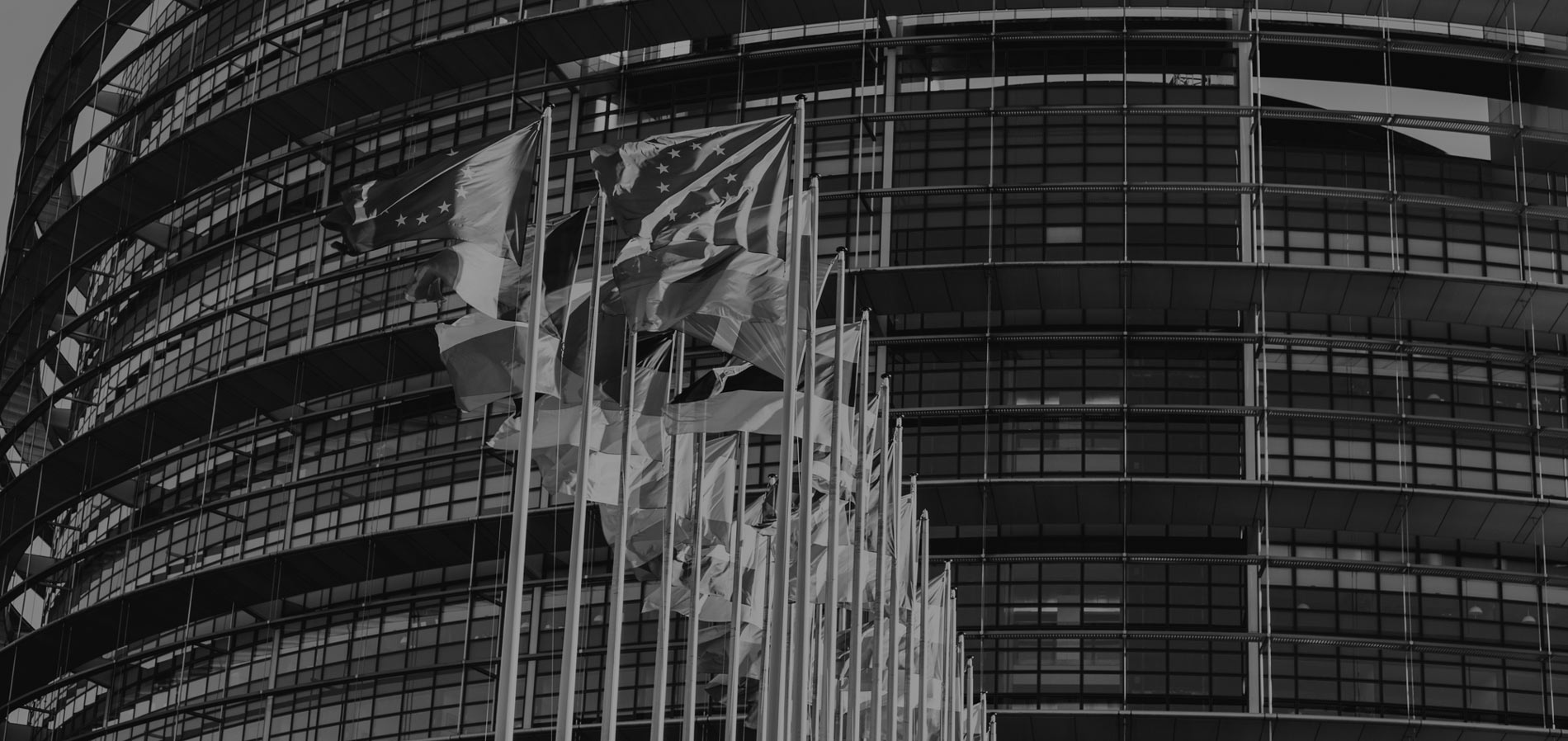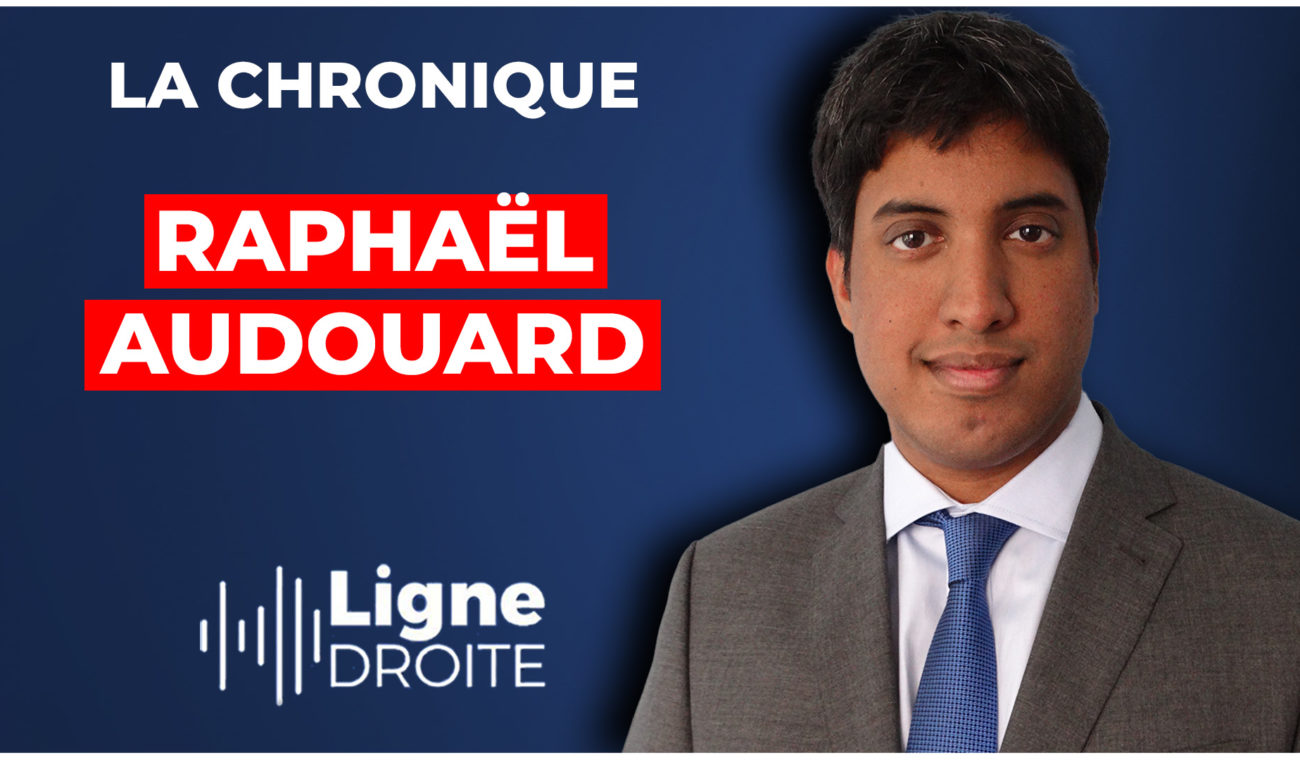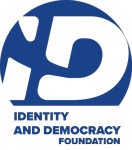Elections in Slovakia: patriots and globalists face off
Every Monday morning, you can catch up with Raphaël Audouard, Director of the Identity and Democracy Foundation, on Ligne Droite, Radio Courtoisie’s morning show, and in his column on our website. This week, we take a look at the presidential election that has just taken place in Slovakia.
Watch the video:
Sunday March 23 saw the first round of presidential elections in Slovakia. Can you explain the political context in this country?
Last September, the Social Democrats led by Robert Fico won the parliamentary elections with 22.95% of the vote, giving them 42 seats. The Slovak Social Democrats (SMER – Social Democracy, SMER-SD) are a very different left-wing group from the Western left. It is patriotic, sovereignist party, opposed to immigration and most societal developments. It is therefore very hostile to the policies of Brussels and rather in favor of closer ties with Russia. This social-democratic victory led to the creation of a coalition government with the nationalist right (Slovak National Party, SNS, member of the Identity and Democracy Party) and another patriotic left-wing social-democratic party (HLAS – Social Democracy), and the return to power of Robert Fico, leader of the SMER-SD as Prime Minister. Nevertheless, the Slovak presidency remained progressive, headed by Zuzana Čaputová of the Progressive Slovakia party, a centrist, social-liberal, progressive and pro-European political party. The Slovak president is also very supportive of NATO, and is being considered as a possible future NATO Secretary General. While most power in Slovakia lies in the hands of the Prime Minister, this presidency could hinder the implementation of measures desired by the Social Democrats. Consequently, for the patriotic left in power, the challenge is to confirm its victory of last September and overturn one of the last obstacles to its governance.
Why are these elections important for the rest of the European Union?
In Slovakia, there are two opposing visions: on the one hand, the coalition government between the patriotic left (SMER-SD and HLAS-SD) and the national right (SNS), which defend a conservative, patriotic, sovereignist vision that favors closer ties with Russia; and on the other, the liberal, progressive, pro-NATO center-right. These two visions of Slovakia reflect two visions of Europe: on the one hand, a Europe more oriented towards the policies of Brussels, and on the other, a Europe that supports the policies of the Visegrad group (a grouping of four Central European countries: Poland, Hungary, Slovakia and the Czech Republic, allied against Brussels to defend a patriotic policy that is hostile to immigration and in favor of defending national sovereignty). As a result, a Social Democrat victory in these presidential elections would be a thorn in the side of both Brussels and Ukraine, since Robert Fico, the Social Democrat Prime Minister, is opposed to continued aid to Ukraine. What’s more, a victory for the Social Democrats would also be a major victory for Victor Orbán, since Slovakia is one of Hungary’s main allies in the European Union.
Who are the candidates?
Three candidates stand out in these presidential elections. On the one hand, Peter Pellegrini (HLAS – Social Democracy) is the former Social Democratic Prime Minister of Slovakia (2018-2020) and is very close to Robert Fico, current President of the Slovak government. He is the candidate of the ruling Social-Patriotic coalition (SMER-SD, HLAS-SD, SNS). Opposing him is Ivan Korčok, a former Slovak ambassador to the USA who later served as foreign minister (2020-2021 and 2021-2022). He was also head of the delegation negotiating Slovakia’s accession to NATO in 2003. He is backed by a progressive coalition of liberals, Christian democrats and libertarians. He represents the fringe of Slovakia that favors a much more liberal, progressive, Brussels- and NATO-oriented discourse. These two candidates, Pellegrini and Korčok, are the two main contenders in this election. The third man is Štefan Harabin, former President of the Supreme Court (1998-2003 and 2009-2014), a nationalist supported by all the patriotic right-wing parties, including the SNS, as well as the Communist Party. Thus, the split in Slovakia is between a liberal center-right and a patriotic left supported by the nationalist right.
And what were the results of the first round?
Unsurprisingly, it was Pellegrini and Korčok, i.e. respectively the left-wing patriotic social-democratic candidate and the liberal center-right candidate, who came out on top. However, what surprised commentators was the score of Korčok, the liberal candidate, who came out on top with 42.5% of the vote against 37% of the vote for his social-democratic opponent. The second round of voting on Saturday April 6 will therefore see the patriotic social democrats on one side and the liberal center-right on the other. Harabin, the patriotic candidate, achieved 11.7% of the vote and will be the kingmaker of this second round, as the social-democrat Pellegrini will need the votes of the patriots to win in the second round. Nor should we forget the relatively good score of the Hungarian minority candidate, who achieved 3% of the vote. As the Social Democrats are allied with Victor Orban’s Hungary, it is highly likely that these votes will also be cast for Pellegrini, the Social Democrat candidate. At present, the polls show Pellegrini, the Social Democrat candidate, as the winner in the second round. If this is the case, it would be a victory for the patriotic camp and a blow for Brussels.






